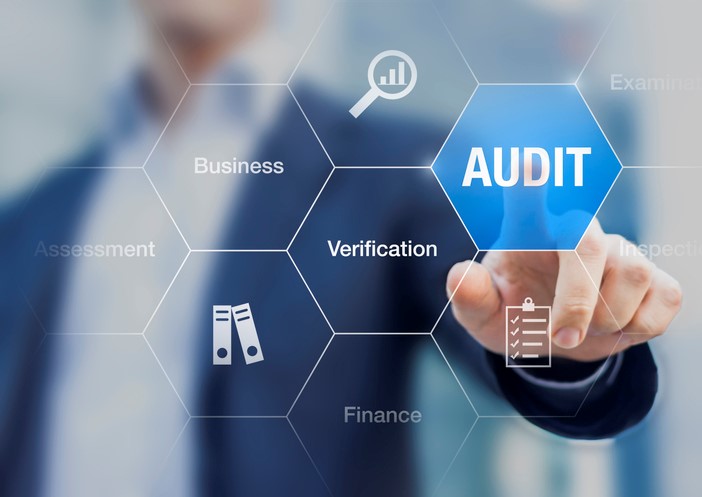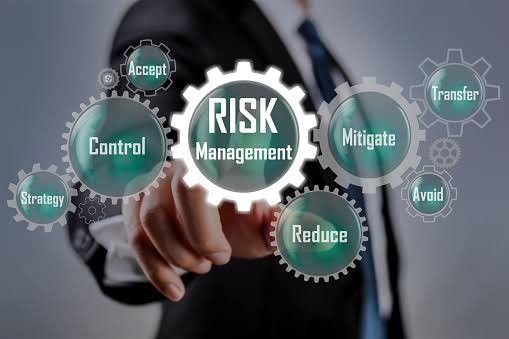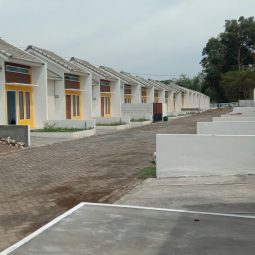Micro, Small, and Medium Enterprises (MSMEs) play an important role in the Indonesian economy, both in creating jobs and driving economic growth.
However, MSMEs also face various challenges and uncertainties that can threaten their business continuity, one of which is risk. Risk can arise from various aspects, such as finance, operations, market competition, regulatory changes, and technological threats.
If not properly managed and resolved, these risks can hinder business development and even lead to business failure. Before understanding risk management strategies for small and medium enterprises, it is necessary to first understand the types of risks below.
Types of Risk in MSMEs

Before understanding risk management strategies, here are the types of risks you need to be aware of:
1. Financial Risk
Financial risk is related to how MSMEs manage cash flow, funding, and other financial obligations. If not well-managed, this risk can lead to financial crises that impact business continuity.
For example, unstable cash flow often becomes a challenge for MSMEs, especially if there is an imbalance between income and expenditure. If income is less than expenditure for a certain period, the business may struggle to meet daily operational costs.
2. Operational Risk
Operational risk is associated with the efficiency and smoothness of day-to-day business operations. If not handled properly, it can hinder production, services, and customer satisfaction.
For instance, MSMEs that rely on a single or limited number of suppliers are vulnerable to supply delays. If raw materials are not available on time, production may stop, causing delivery delays to customers.
3. Market Risk
Market risk is related to external factors that affect demand and business competitiveness. MSMEs must continuously monitor trends and competition to remain relevant and up-to-date.
MSMEs must also compete with other businesses, including large companies with stronger resources. Without effective marketing strategies or competitive advantages, MSMEs can lose in the market and face bankruptcy.
4. Legal and Regulatory Risk
This risk is associated with compliance and violations of legal regulations governing business activities. Violations can lead to legal sanctions or operational disruptions.
For example, MSMEs lacking proper business licenses or legal documentation may face legal issues that hinder operations. A food business without distribution permits may be shut down by relevant authorities.
5. Technology and Data Security Risk
In the digital era, technology usage in MSMEs is increasing, but it also brings risks, particularly concerning data security and tech-based operational continuity.
Cyberattacks or customer data breaches are examples. MSMEs using online systems or digital transactions are vulnerable to such attacks. If customer data is hacked or stolen, the business may lose trust and face legal sanctions for failing to protect data.
Knowing the types of risks makes it easier to build a risk management strategy. Here are several strategies MSMEs can use to better face challenges and seize opportunities:
1. Contextual Risk Mapping

Most MSMEs only map internal risks: stock, suppliers, revenue. However, the surrounding environment can be a greater source of risk.
For instance, a food MSME in a flood-prone area has high logistical and raw material damage risk, but this is rarely considered.
Solution: Use a Layered Risk Matrix that maps both internal and external risks—from infrastructure disruptions, regional regulatory uncertainty, to dependence on community or seasonal events.
Discover More : Due Diligence as a Foundation for Companies to Assess Potential Risks
2. Business Interdependency Audit

Many MSMEs are unaware that dependence on a single point (sole supplier, platform, or customer) is a vulnerability.
Conducting an interdependency audit allows MSMEs to detect potential “single points of failure” and gradually plan for diversification.
For example, if 90% of sales come from one marketplace, technical or regulatory risks on that platform could cause sudden collapse.
3. Risk Absorption Capacity Benchmarking

How can we measure how well an MSME withstands shocks? Cash or revenue alone is not enough.
We propose a Risk Absorption Capacity Index with four components:
- Cash reserves
- Contract flexibility
- Access to emergency financing
- Speed of decision-making
This index can be compared across sectors or regions to help MSMEs understand their position within the risk ecosystem.
4. Embedding Risk Governance into Daily Operations

Too many trainings result in documents, but not habits. The SRRMF framework promotes minimum actionable SOPs, such as:
- Weekly checklists for critical stock
- Emergency procedures via WhatsApp
- “If revenue drops 50%” simulation with a small team
In other words: grounded governance, not just administrative.
5. Strategic Simulation & Resilience Scenarios

MSMEs that have never run business simulations are often caught off guard during crises.
Examples include:
- Simulating raw material price doubling
- Scenario of new competitor from out of town
- Simulating shift to digital channels when offline channels are disrupted
Discover More : Implementing Effective Task Delegation
Case Study
A relevant example of risk management for MSMEs can be seen in the case of “Kopi Nusantara,” a micro-business operating in the café and local coffee retail sector in West Java.
Founded in 2019, the business experienced significant growth due to the increasing trend of coffee consumption. However, the COVID-19 pandemic in 2020 brought major challenges, including a sharp drop in revenue due to social restrictions, supply chain disruptions from coffee farmers, health risks for staff, and lack of digital readiness for marketing transitions.
To respond to these risks, the “Kopi Nusantara” team applied risk management steps based on the ISO 31000 framework. The main strategies included diversifying sales channels and shifting to digital platforms such as social media, e-commerce, and delivery services.
They also strengthened partnerships with local delivery services to ensure the smooth distribution of coffee from farmers. Internally, the business implemented strict health protocols and shift work systems to ensure employee safety. Additionally, the owner developed a simple website for promotion and staff training in technology usage for more effective marketing.
As a result, revenue gradually increased, with online sales contributing about 40% of total income, relationships with farmers remained stable, and no COVID-19 cases reported among employees. By the end of 2022, “Kopi Nusantara” even opened a new branch as part of business expansion.
This case study demonstrates that adaptive and contextual risk management can help MSMEs survive and grow even in times of crisis. With thorough planning, technological adoption, and a willingness to innovate, MSMEs can build stable and sustainable business resilience.
If you are an MSME actor looking to build business resilience and implement effective risk management strategies, Arghajata Consulting is here to help. We provide consulting services specifically tailored to the needs of MSMEs, starting from risk identification and mapping, development of mitigation policies, to the implementation of sustainable management systems. Contact Arghajata Consulting to begin developing strategies that will strengthen your business foundation and take your enterprise to the next level.

















